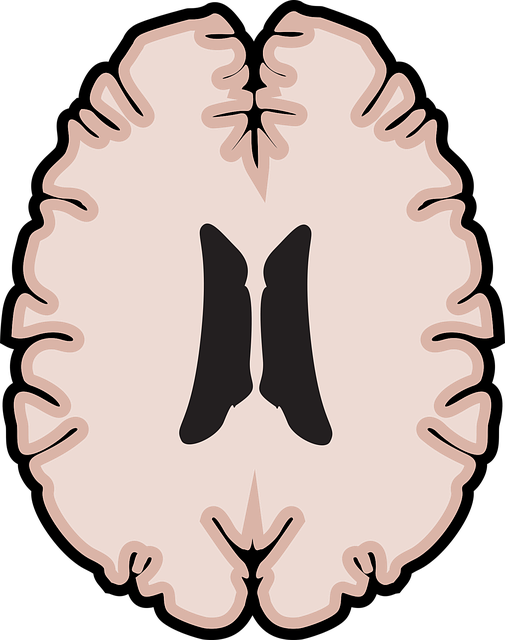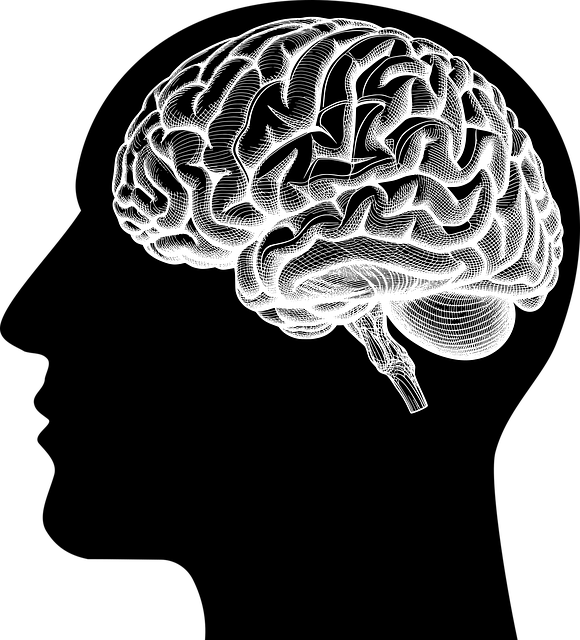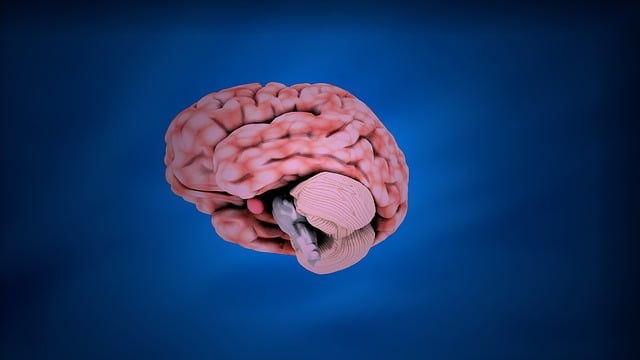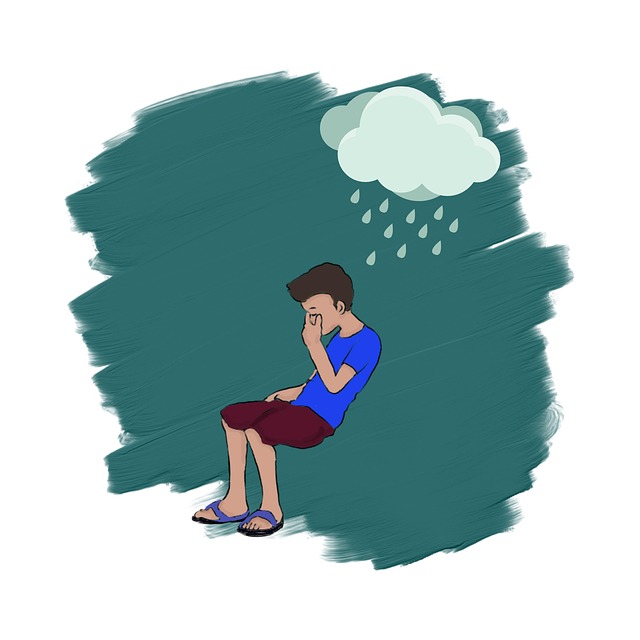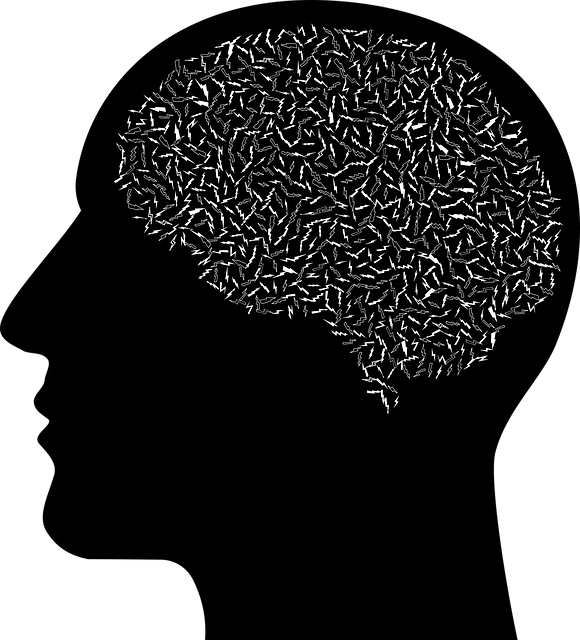Therapy for Blended Families: Harm Minimization Through Proactive Risk Assessment
Risk assessment in therapy for blended families is a key strategy for addressing unique challenges like step-parent acceptance, sibling rivalry, and adjustment disorders. By evaluating emotional regulation strategies, therapists tailor healing processes to each family's needs. This proactive approach fosters open communication, develops coping mechanisms, and builds resilience, aiming for long-term emotional stability. Regular reviews are crucial to adapt interventions for emerging issues like identity conflicts and conflict resolution, integrating Mental Health Policy Analysis for systemic improvements. This ensures blended families receive relevant support, promoting overall well-being.
Risk assessment and harm minimization planning are essential components of therapy for blended families, helping to navigate complex dynamics and ensure a safe, supportive environment. This article guides you through crucial steps: understanding risk assessment in these unique family structures, identifying potential harms and their causes, developing comprehensive minimization plans, and regularly reviewing and adapting strategies for continuous support. By implementing these practices, professionals can effectively foster resilience and well-being within blended families.
- Understanding Risk Assessment in Blended Families
- Identifying Potential Harms and Their Causes
- Developing a Comprehensive Minimization Plan
- Regular Review and Adaptation for Continuous Support
Understanding Risk Assessment in Blended Families

In the context of therapy for blended families, understanding risk assessment is paramount. Blended families often bring together children from previous relationships, creating complex dynamics that can impact overall emotional well-being promotion techniques. A thorough risk assessment involves identifying potential challenges and vulnerabilities within the family system, including issues related to step-parent acceptance, sibling rivalry, and adjustment disorders. By assessing these risks, therapists can facilitate effective emotional healing processes tailored to each family’s unique needs.
This process includes evaluating individual and collective emotional regulation strategies. It acknowledges that blended families may require specialized approaches to navigate their specific emotional healing processes. Through risk assessment, therapists can guide parents and children in developing coping mechanisms, fostering open communication, and building resilience—all crucial elements for a harmonious family environment. This proactive approach ensures that therapy for blended families not only addresses immediate concerns but also promotes long-term emotional stability and regulation.
Identifying Potential Harms and Their Causes

Identifying potential harms within therapy for blended families requires a thorough understanding of the unique challenges these families face. Blended families often navigate complex dynamics stemming from previous relationships and step-parent roles, which can lead to various forms of harm. These include emotional distress, conflict escalation, and strained relationships. By recognizing these potential triggers, therapists can proactively address issues such as step-parent anxiety, sibling rivalry, or the loss of individual identity within the family unit.
A key aspect of harm minimization is understanding the underlying causes, which often involve unmet needs and communication breakdowns. For instance, a lack of empathy building strategies and self-care routine development for better mental health can contribute to heightened tensions. Enhancing mental health awareness among all family members enables open discussions and fosters an environment where concerns can be addressed proactively, minimizing potential harms over time.
Developing a Comprehensive Minimization Plan

Developing a comprehensive harm minimization plan is an essential step in ensuring the well-being of all involved, especially within the context of therapy for blended families. This process involves identifying potential risks and implementing strategic interventions to mitigate any negative impacts on clients’ mental health. By integrating self-care routine development for better mental health into the core of this strategy, therapists can foster a supportive environment that encourages resilience and adaptability among family members.
A thorough risk assessment for mental health professionals is crucial in this regard, enabling practitioners to anticipate challenges unique to blended families. This includes addressing potential burnout prevention strategies for healthcare providers, as the complex dynamics within these families may require significant emotional energy from therapists. Through proactive planning, professionals can offer tailored interventions that promote stability and positive outcomes, ultimately enhancing the overall effectiveness of therapy sessions.
Regular Review and Adaptation for Continuous Support

In the dynamic landscape of therapy for blended families, continuous support hinges on regular review and adaptation. As family structures evolve, so do the emotional and psychological needs of its members. Therefore, harm minimization planning should incorporate mechanisms to assess and reassess risks periodically. This ensures that interventions remain relevant and effective in addressing emerging challenges related to identity issues, adjustment problems, and conflict resolution. By doing so, therapists can offer tailored support, enhancing emotional intelligence within these complex families.
Regular reviews facilitate a deeper understanding of each family’s unique dynamics, enabling the integration of Mental Health Policy Analysis and Advocacy into the harm minimization strategy. This proactive approach not only advocates for systemic changes beneficial to blended families but also equips them with tools for stress management workshops organization. Through such adaptations, therapy becomes an ongoing process that cultivates resilience, promoting the overall well-being of blended family members.
Risk assessment and harm minimization planning are essential components of therapy for blended families, enabling parents to create a safe and supportive environment for all children involved. By understanding potential risks, identifying their causes, and developing comprehensive strategies, families can navigate challenges effectively. Regular review and adaptation of these plans ensure continuous support as the family dynamics evolve, fostering resilience and well-being for every member.
